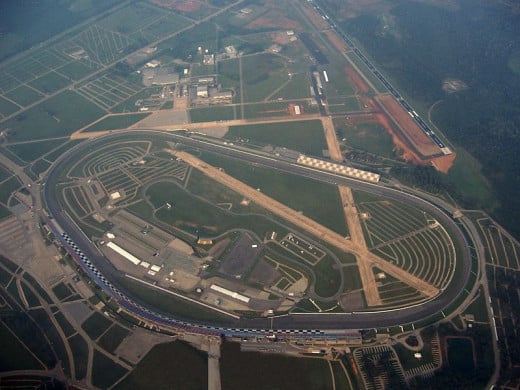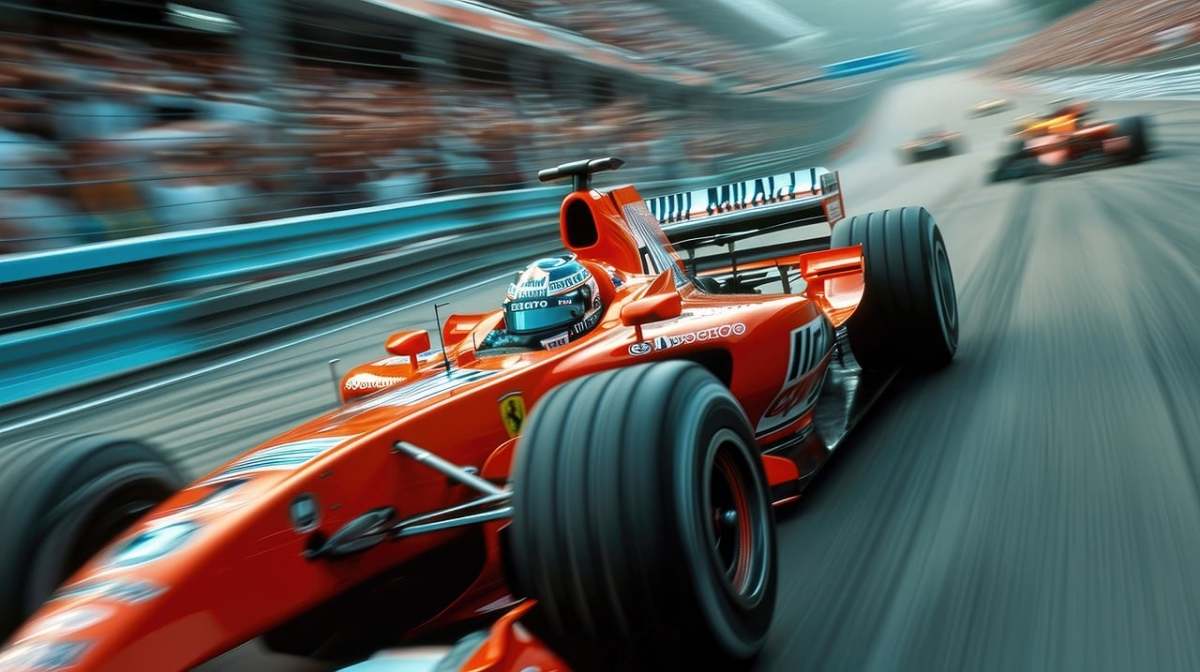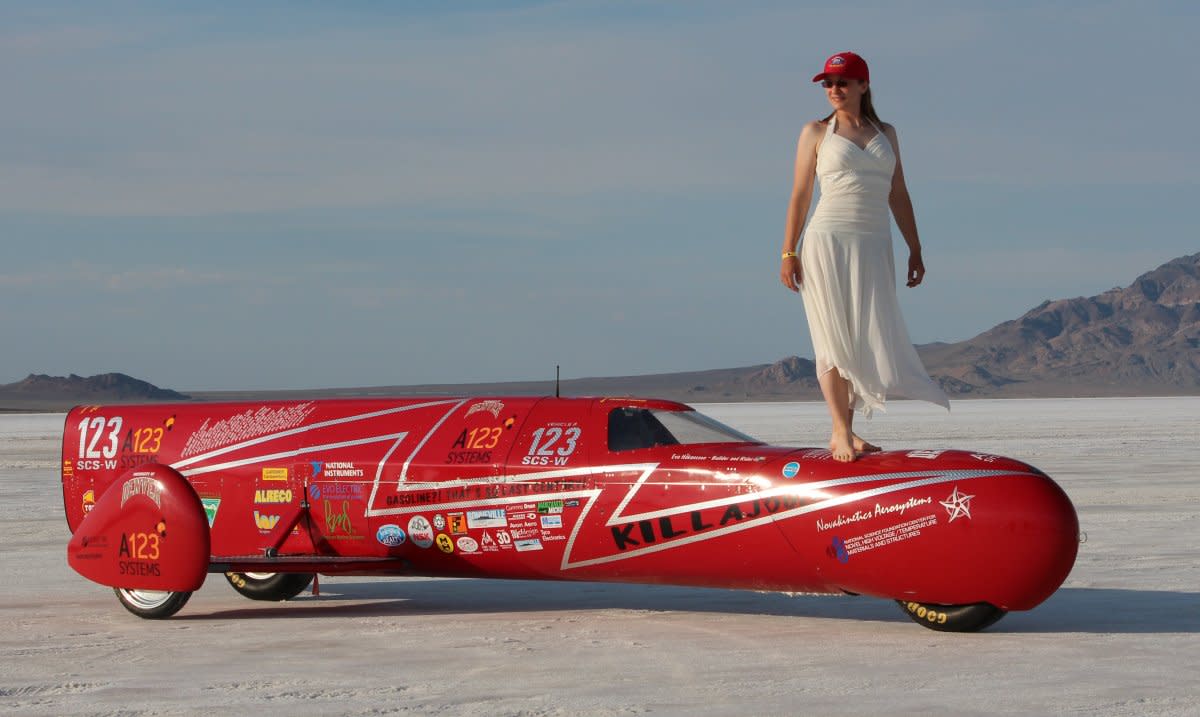NASCAR Restrictor Plate Races

The Reason for Restrictor Plates
The goal of racing is to go as fast as possible. NASCAR found that this goal could lead to the possibility of injuring fans and drivers. In the 1987 Winston 500 at Talladega Superspeedway in Alabama, Bobby Allison's car cut down a tire and then went airborne into the safety fence that ringed the speedway. The car tore out nearly 100 feet of the fence and caused debris that injured fans.
Restrictor plates were nothing new in NASCAR. In 1970, the series used the plates to slow cars down, but the use of smaller engines soon removed the need for their use. Buddy Baker became the first driver to run a lap at an average speed of over 200 miles per hour that year at Talladega.
Cars improved over time, and drivers were soon able to reach previously unheard of speeds at Talladega and Daytona. More and more drivers were able to run laps at 200 miles per hour. The record qualifying speed was set in 1987 by Bill Elliott. Elliott ran his Melling Ford around Talladega in under 45 seconds. This time around the track was an average speed of nearly 213 miles per hour (212.809 to be exact).
Daytona also saw impressive speeds in the 1980s. Elliott also holds the track record at Daytona. During qualifying for the 1987 Daytona 500, Elliott ran his Ford around the track in just 42.782 seconds for an average speed of 210.364 miles per hour. Elliott won the race from the pole.
The damage that a car could cause from a cut tire that was seen later that year led to calls for slower speeds at the 2.5-mile Daytona and 2.66-mile Talladega tracks.
What Is a Restrictor Plate?
Simply stated, a restrictor plate is a thin metal plate that fits over the carburetor of a stock car at Daytona and Talladega. NASCAR also used the plates at New Hampshire for a race after both Kenny Irwin and Adam Petty died in crashes at the track within a short period of time. The plate led to the last race in which one driver led from flag to flag. Jeff Burton won this race leading every lap in 2000.
The plate has four small holes that restrict the fuel intake. This cuts down on the power that a motor can produce and thus results in lower speeds. Teams improved to where they were able to near 200 miles per hour even with the plates by 1999, but changes have kept pole speeds under that level since.
Do you like restrictor plate races?
What Do Restrictor Plates Do?
Since the cars are slowed down with the restrictor plates at Daytona and Talladega, the racing has changed substantially. The wide turns with high banks allow drivers to leave the gas pedal on the floor for the entire lap. The aerodynamic phenomenon known as "the draft" keeps cars bunched up, and the lower horsepower keeps strong cars from having the ability to get away from the cars behind them.
Various rules changes related to spoilers and aerodynamics have led to slight variations on the massive packs. I personally attended the 1999 Daytona 500, won by Jeff Gordon at the expense of Rusty Wallace (to my chagrin). All 43 cars stayed in the same pack for the first 40-lap run. It was only toward the end of a run that the slower cars started to fade from the pack. At Talladega, the track is so wide that four-wide racing can be the norm rather than the exception.
This pack characteristic can lead to some of the more exciting finishes in NASCAR, but it can also lead to more dangerous driving conditions because there is no way to get around a wreck in front that blocks the track. Wrecks that involve 10 or more cars, known as the "big one," happen at just about every restrictor plate race. Of course, Mark Martin won the spring race at Talladega in 1998 at a record pace of 188 miles per hour. Of course, this was one of the few Talladega races that did not have a big one. There were no cautions in the race.
Drivers have been quite critical of the racing that takes place at Daytona and Talladega since the inception of restrictor plate racing. There is no way to get away from the major pack and avoid the big one. Points can be lost, and Talladega has a race that is a part of the Chase for the Sprint Cup. No amount of skill can keep a driver away from losing points in a wreck, so drivers let out a sigh of relief if they can avoid a wreck at one of this type of NASCAR track.



